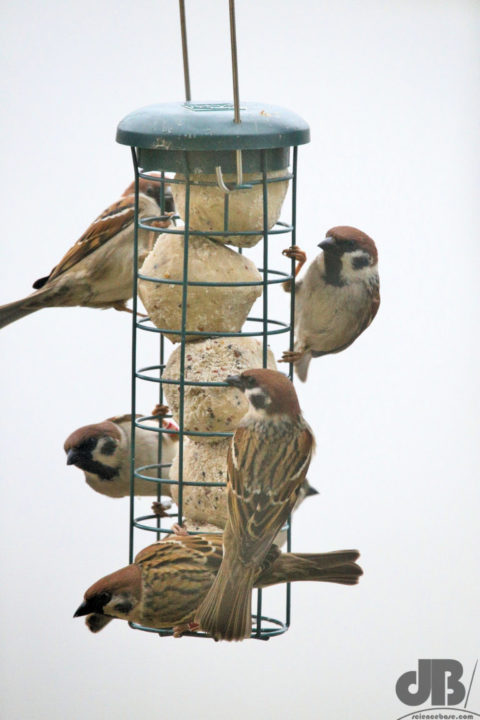It wasn’t the brightest of days to visit a nature reserve. In fact, it was grey and grim and pouring with rain. So, while the Pipits and Avocets were showing well, as were the Tree Sparrows and Stock Doves at the visitor centre feeders, we missed out on the Spoonbill that had been sighted. The wetlands of RSPB Saltholme is one of the foremost bird sanctuaries and observatory for migratory and wading birds in the UK. As you might guess from the name, it is was a source of salt for centuries and now sits nestled in the industrial area of Seaton Carew Rd, Stockton-on-Tees, near Middlesbrough (Grid ref NZ506231). It forms part of a wider site of special scientific interest called Seal Sands.
Commonly seen are Common Tern, Lapwing, Peregrine, Yellow Wagtail, Water Rail, none of which we saw on our visit, unfortunately.
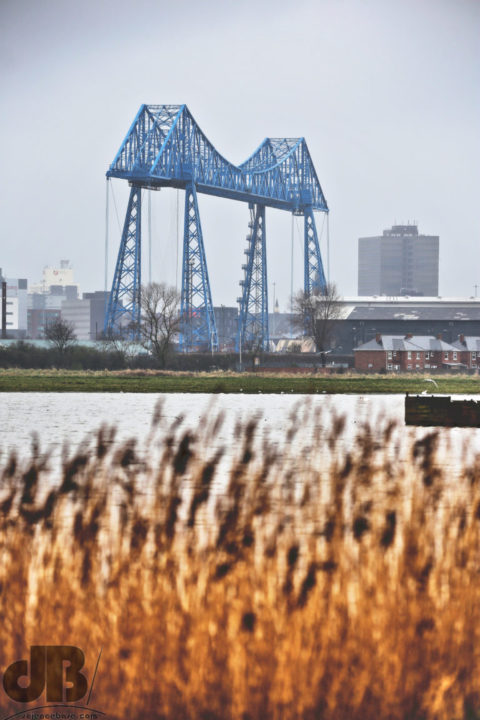
Pictured above: Reedbeds in the shadow of the Tees Transporter Bridge. The bridge connects Middlesbrough, on the south bank, to Port Clarence, on the north bank. It is an unconventional bridge in that it has a travelling “gondola” suspended from the bridge, which can carry about 200 people and 9 cars across the river in 90 seconds.
Other birds that were not present included Rock Pipit and Water Pipit, but there were plenty of Meadow Pipits among the rocks and on the water’s edge
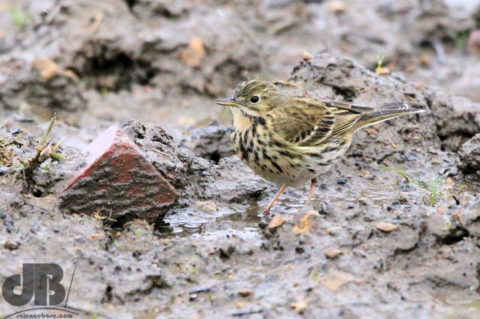
Avocets were showing well, sadly didn’t get a snap of anything in a beak other than water
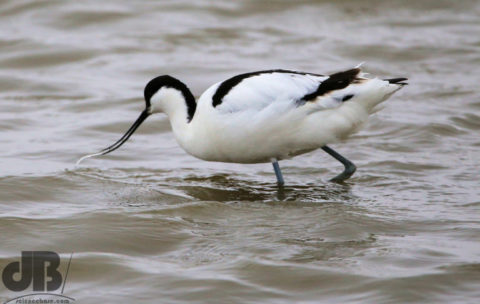
There were a couple of Ringed Plover:
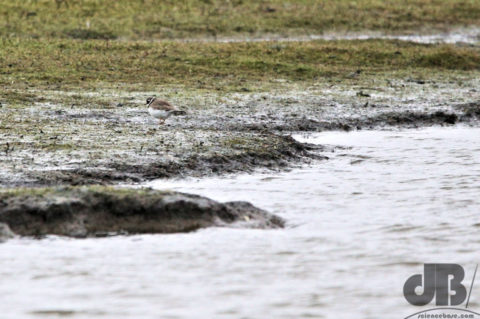
There were also cranes…but not the kind in which bird watchers are most interested.
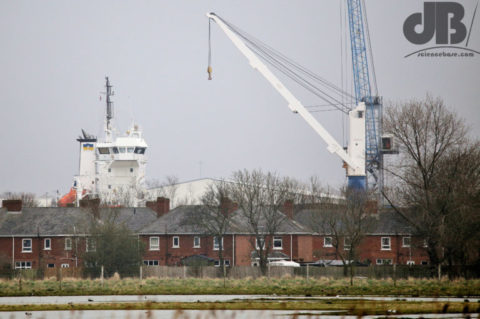
Also visible from RSPB Saltholme even on a dull grey day is Temenos, a huge artwork by Anish Kapur, close to the Transporter, described as a 21st century landmark to honour region’s engineering and industrial heritage. Its name comes from the Greek “a piece of land assigned to a domain or dedicated to a god”. Looks more like a relativistic wormhole or a femidom:
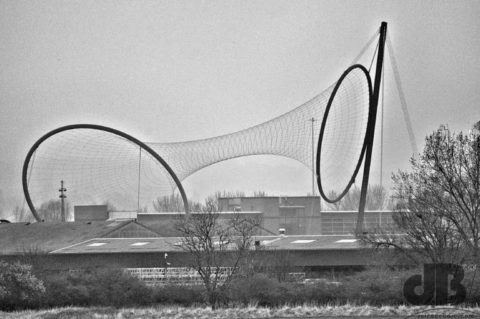
Finally, back at the feeders, lots and lots of Tree Sparrows (not to be confused with the House Sparrows you’d most commonly see in your garden)
